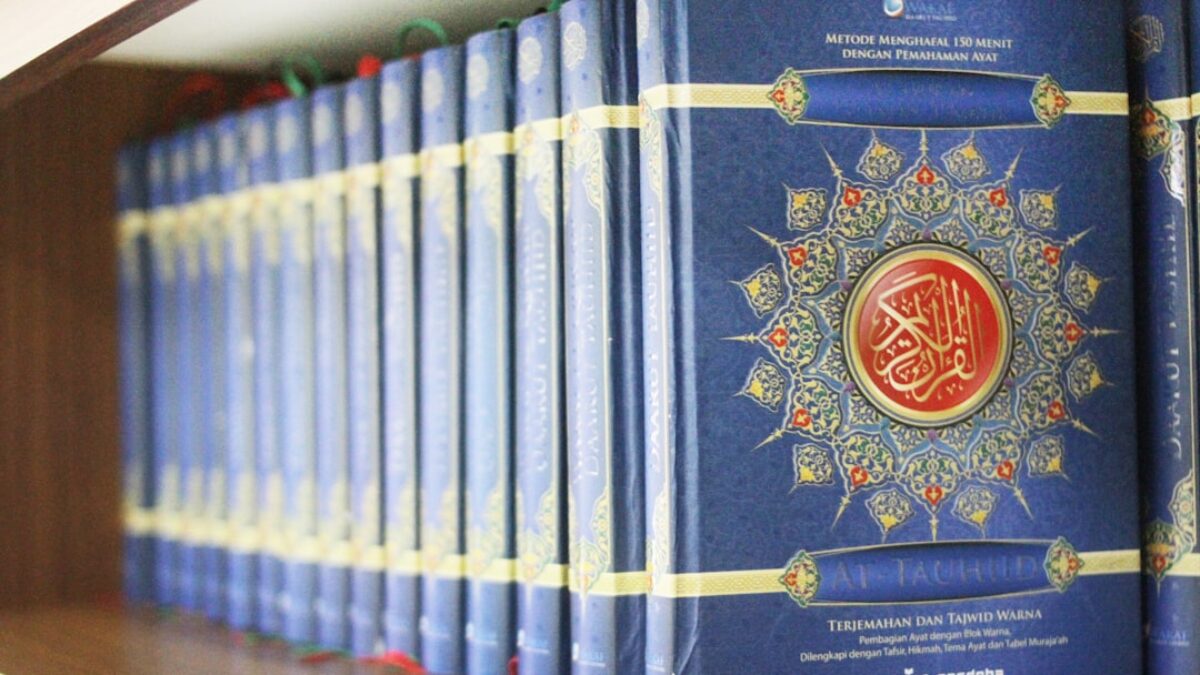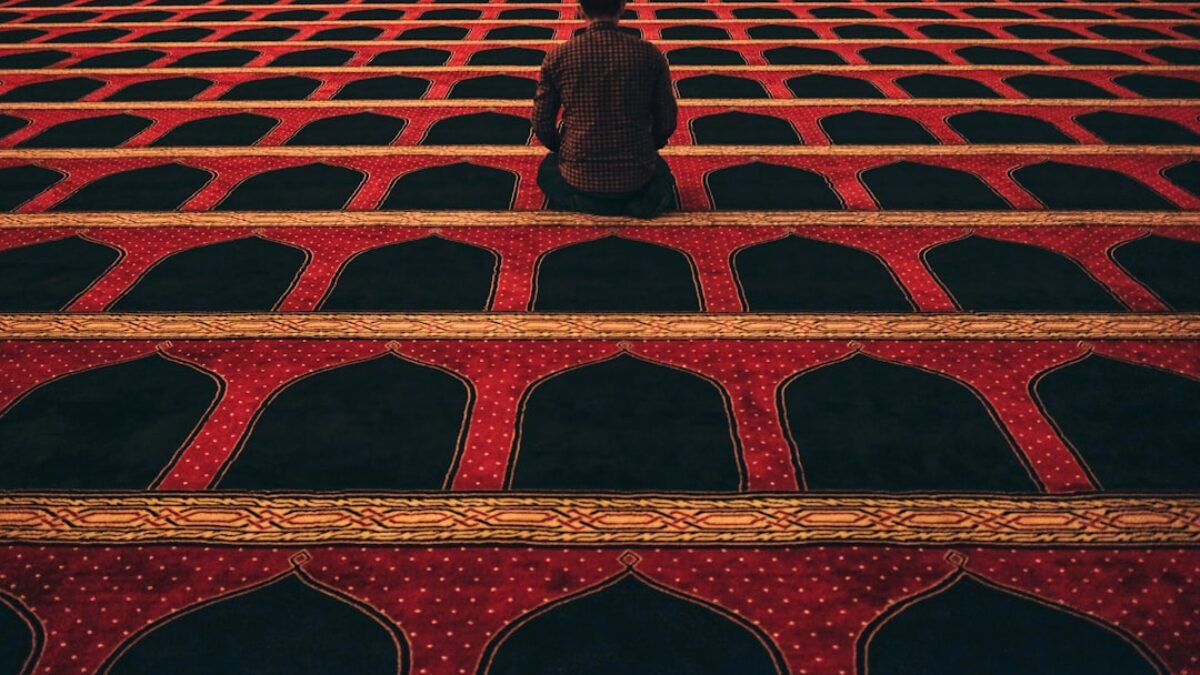The sweep of Islamic history stretches across fourteen centuries, three continents, and countless languages, yet its central story can be told in a way that is clear, concise, and inspiring. Whether you are a student encountering the topic for the first time, a traveler preparing to visit historic sites, or simply a curious reader, this beginner’s guide will walk you through the rise of great Muslim empires, the evolution of core beliefs and practices, and the dazzling cultural achievements that shaped—and continue to shape—the modern world.
Understanding the Foundations of Islamic History
From Revelation to Community: The Life of the Prophet Muhammad (570-632 CE)
In the year 570 CE, in the bustling Arabian city of Mecca, a boy named Muhammad ibn Abdullah was born into the respected Quraysh tribe. Orphaned early, he grew up to become a trusted merchant known as al-Amī (the Trustworthy). At age 40, while meditating in the cave of Hira, he received the first of many revelations that would become the Qur’an. These divine messages, delivered by the angel Gabriel, emphasized monotheism, social justice, and moral accountability.
Muhammad’s small circle of followers faced persecution, prompting the pivotal Hijra (migration) to Medina in 622 CE. This migration marks the start of the Islamic lunar calendar. In Medina, the Prophet established the first Muslim ummah (community), crafting treaties with Jewish tribes and creating a constitution that guaranteed religious freedom. Within a decade, Islam had spread throughout Arabia, culminating in the peaceful conquest of Mecca in 630 CE.
The Rashidun Caliphs (632-661 CE): A Model of Early Governance
After the Prophet’s death, four Rightly Guided Caliphs (al-Khulafāʾ ar-Rāshidū) expanded the Muslim realm through a combination of diplomacy, trade, and defensive warfare. Key achievements include:
- Abu Bakr (632-634): Consolidated Arabia during the Ridda Wars and compiled the Qur’an.
- ʿUmar ibn al-Khaṭṭāb (634-644): Created administrative departments, introduced the Islamic calendar, and oversaw the conquest of Egypt, Syria, and Persia.
- ʿUthmāibn ʿAffā (644-656): Standardized the Qur’anic text; his assassination led to the first civil war (fitna).
- ʿAlī ibn Abī Ṭālib (656-661): Focused on internal reform and arbitration, cementing the Sunni-Shia divide after his martyrdom.
Key Components of Islamic Empires and Expansion
The Umayyad Caliphate (661-750): A Mediterranean Superpower
Moving the capital to Damascus, the Umayyads created the first hereditary Muslim dynasty. Their empire stretched from Spain (al-Andalus) to the Indus River. Innovations included:
- Arabic coinage (dinars and dirhams) that replaced Byzantine and Sassanian currency.
- Large‐scale public works—mosques, roads, and desert castles like Qusayr Amra.
- The Amwawi Dome of the Rock in Jerusalem, showcasing early Islamic architecture.
The Abbasid Caliphate (750-1258): A Golden Age of Knowledge
With the Abbasid Revolution, power shifted eastward to Baghdad, founded by Caliph al-Manṣūr in 762 CE as a circular “City of Peace.” Under the Abbasids:
- The House of Wisdom (Bayt al-Ḥikma) translated Greek, Persian, and Indian texts into Arabic, preserving classical knowledge for Europe.
- Advances in medicine (Ibn Sina’s Canon of Medicine), mathematics (al-Khwarizmi’s algebra), and astronomy (star catalogs that named many modern stars).
- Literary gems like A Thousand and One Nights flourished alongside Islamic philosophy and Sufi poetry.
Regional Successor States
As the Abbasid grip loosened, vibrant regional powers emerged:
| Empire/State | Capital | Key Contributions |
|---|---|---|
| Fatimid Caliphate (909-1171) | Cairo | Founded al-Azhar mosque-university; advanced Ismaili theology. |
| Almoravid & Almohad Dynasties (1040-1269) | Marrakesh | Revitalized North African trade; built grand mosques in Marrakesh & Seville. |
| Seljuk Sultanate (1037-1194) | Isfahan | Defended Muslim lands against Crusaders; patronized Persian poetry. |
| Mamluk Sultanate (1250-1517) | Cairo | Halted the Mongols at ʿAyn Jālūt; refined Islamic art and architecture. |
The Ottoman, Safavid, and Mughal Gunpowder Empires
From the 14th to the 18th centuries, three Muslim superpowers dominated Eurasia:
- Ottoman Empire (1299-1922): Bridging Europe and Asia, Istanbul became a cosmopolitan hub with the Süleymaniye Mosque and Topkapı Palace. Suleiman the Magnificent’s legal code (kanun) influenced civil law from the Balkans to North Africa.
- Safavid Empire (1501-1736): In Persia, Shah Abbas I made Isfahan “half the world,” commissioning the Sheikh Lotfollah Mosque and promoting Twelver Shiʿism as state doctrine.
- Mughal Empire (1526-1857): Babur’s descendants ruled most of South Asia, leaving behind the Taj Mahal, Urdu poetry, and a syncretic culture that blended Persian, Turkic, and Indian traditions.
Benefits and Importance of Studying Islamic History
Why invest time in this 1,400-year journey? The benefits are both intellectual and practical:
- Global Perspective: Understanding Islamic empires reveals how trade routes, migrations, and scholarly exchanges connected Asia, Africa, and Europe.
- Cultural Literacy: Recognizing Islamic motifs in art, architecture, and literature enriches travel experiences from Córdoba’s Mezquita to Istanbul’s Grand Bazaar.
- Modern Resonance: Contemporary debates on governance, finance, and pluralism often echo medieval precedents—e.g., the Ottoman millet system of autonomous religious communities.
- Interfaith Dialogue: Learning how Muslim societies protected Jewish and Christian minorities (e.g., the Pact of ʿUmar) fosters nuanced conversations today.
Practical Applications and Everyday Relevance
Traveling with Historical Insight
Before visiting historic sites, read concise primers or download audio guides that highlight key dates and architectural features. For instance:
- In Granada, trace how the Nasrid Palaces (Alhambra) fuse Islamic calligraphy with Spanish Renaissance elements.
- In Istanbul, notice how Hagia Sophia’s Byzantine dome was re-engineered with Ottoman minarets, symbolizing cultural synthesis.
Classroom and Study Tips
- Timelines First: Sketch a simple timeline (570-1924) with color codes for dynasties and major events.
- Primary Sources: Read translated excerpts from Ibn Battuta’s travels or al-Tabari’s chronicles to hear medieval voices directly.
- Comparative Charts: Create tables comparing scientific achievements across the Abbasid House of Wisdom and Renaissance Italy.
Career and Professional Contexts
Professionals in diplomacy, journalism, or business can leverage historical literacy to:
- Negotiate cross-culturally by referencing shared intellectual heritage (e.g., Islamic contributions to European universities).
- Write informed articles on Middle Eastern affairs, avoiding the “ancient hatreds” cliché by highlighting centuries of coexistence.
- Understand Islamic finance principles rooted in early trade practices (e.g., mudaraba partnerships).
Frequently Asked Questions
What is the difference between Sunni and Shia Islam, and when did this split occur?
The division traces back to 661 CE over the question of leadership after the Prophet Muhammad. Sunnis believe leadership should follow consensus (shura) and accepted the Umayyad caliphs. Shias maintain leadership should have remained within the Prophet’s family, starting with Imam Ali. Over centuries, theological and legal schools diverged, but both communities share core beliefs in one God, the Qur’an, and the Prophet’s teachings.
How did Islamic science influence the European Renaissance?
When Crusaders and later European scholars encountered Muslim Spain and Sicily, they translated Arabic works on optics (Ibn al-Haytham), medicine (al-Razi), and algebra (al-Khwarizmi). These texts entered European universities—such as Padua and Paris—sparking advances that culminated in figures like Galileo and Newton.
Why did the Islamic world seemingly decline after 1700?
The decline narrative is partly Eurocentric. While Europe industrialized, Muslim states faced internal fragmentation and rising European imperialism. However, reform movements (e.g., the Nahda in 19th-century Egypt) and modern nation-states adapted Islamic traditions to contemporary challenges, showing resilience rather than simple decline.
What role did women play in early Islamic societies?
Women such as Khadija bint Khuwaylid (first convert and successful merchant) and Aisha bint Abu Bakr (scholar and narrator of hadith) were central figures. Later, female patrons like the Ottoman Sultanate of Women wielded political influence. While gender norms varied by region and era, Islamic law granted women property rights and education centuries before many Western societies.
Is the concept of “jihad” primarily about warfare?
No. In Qur’anic usage, jihad means “striving” in God’s path and includes both inner spiritual struggle (the greater jihad) and defensive warfare (the lesser jihad) governed by strict ethical rules. Medieval jurists emphasized proportionality and protection of civilians, concepts echoed in modern international law.
How did Islamic architecture evolve across different empires?
Early mosques (e.g., Medina) were simple courtyards. Umayyads introduced domes and mosaics; Abbasids experimented with brick and stucco; Fatimids perfected muqarnas (honeycomb vaulting); Ottomans achieved soaring domes as in the Blue Mosque; Mughals fused Persian gardens with Indian marble inlay. Each style reflects local climates, materials, and cultural syncretism.
Can Islamic history be studied without knowing Arabic?
Absolutely. While Arabic unlocks primary sources, excellent English translations and secondary scholarship exist. Start with general surveys (e.g., Lost Islamic History by Firas Alkhateeb) before diving into specialized works. Many universities offer courses with subtitles or translations.
























Post Comment